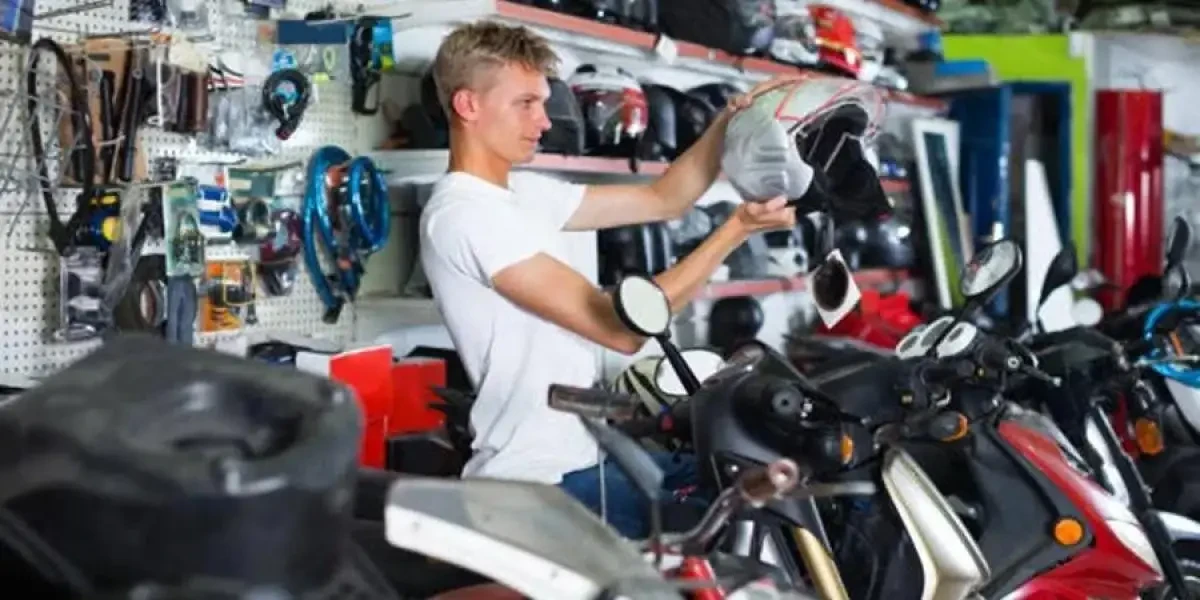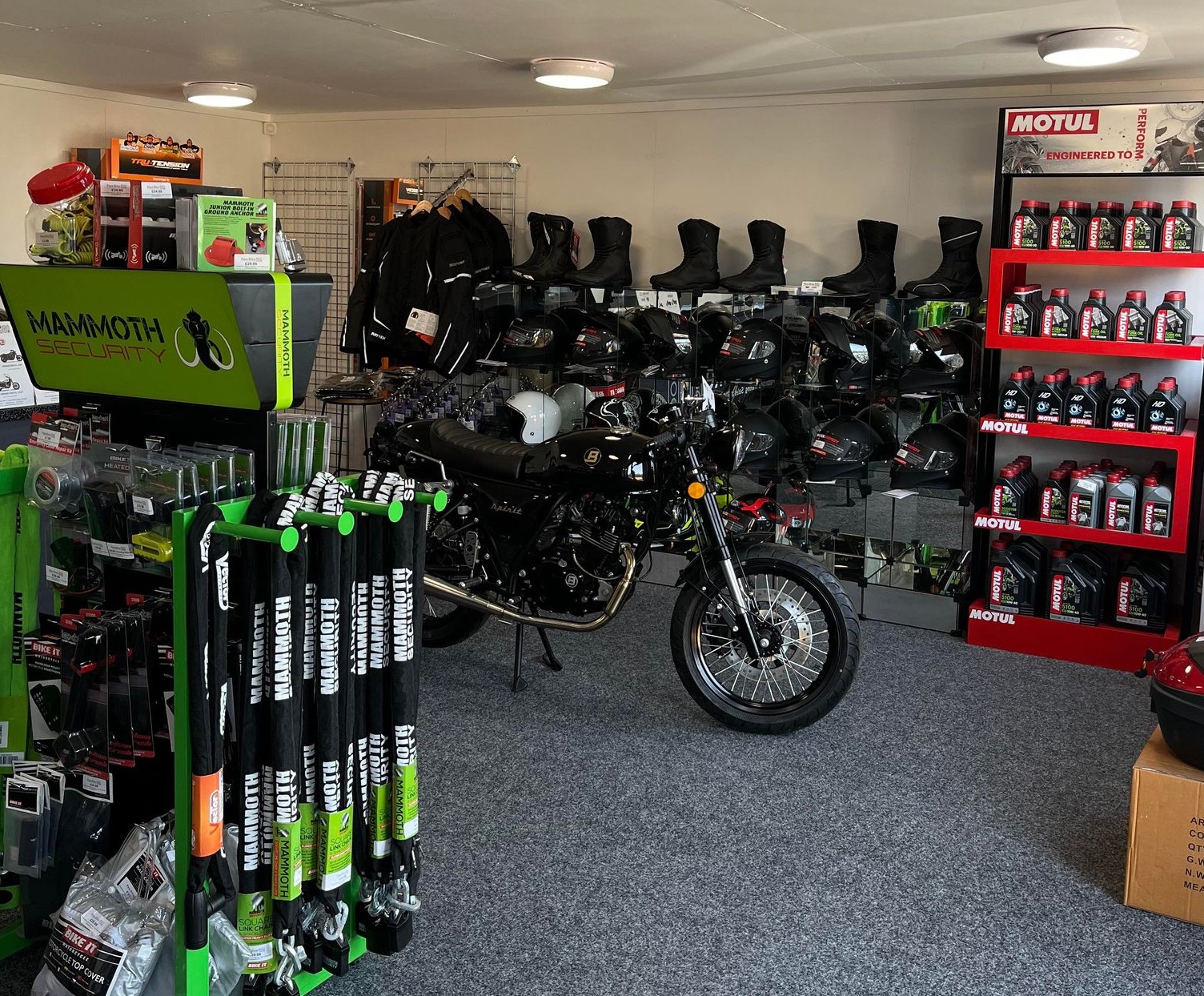Recognizing the Essential Components of a Motorcycle: A Comprehensive Guide for Enthusiasts
For motorcycle enthusiasts aiming to raise their riding experience and ensure their bikes run efficiently, comprehending the vital parts of a motorcycle is paramount. Each element, from the engine's intricate workings to the critical function of the stopping devices, not only impacts performance but likewise safety and security and comfort. This guide will walk with the fundamental components that every rider must know with, enabling educated options in both upkeep and possible upgrades. As we begin this expedition, one must ask: how does each component communicate to create the smooth adventure every lover looks for?
Engine Components

The camshaft plays a critical role in regulating the timing of the engine's shutoffs, ensuring the precise opening and closing needed for effective gas and air intake, as well as exhaust expulsion. This timing is essential to keeping optimum engine performance and performance. Furthermore, the carburetor or gas shot system, relying on the motorbike version, is in charge of blending air with fuel in the appropriate ratio for combustion.
The air conditioning system, either air or liquid-based, functions to maintain the engine's temperature within functional limitations, stopping overheating and guaranteeing longevity - mx gear nz. Each element, diligently designed and integrated, contributes to the smooth procedure of the engine, specifying the motorcycle's power result and general efficiency
Transmission System
Indispensable to the bike's capability, the transmission system ensures effective power transfer from the engine to the wheels. This system consists of a number of crucial elements, including the clutch, transmission, and final drive, each playing an essential role in equating the engine's power right into motion. The clutch, commonly operated by a hand lever, offers to disengage the engine and engage from the transmission, permitting smooth equipment adjustments and regulated velocity.
The transmission, frequently described as the transmission appropriate, has a collection of equipments that riders can by hand shift through to adjust the bike's rate and torque output. These gears are set up in a sequence that enables the motorcycle to accelerate efficiently and maintain optimum engine performance across various speeds. Most motorcycles utilize a sequential gearbox, requiring the cyclist to move gears in an established order.
Braking Mechanisms
While understanding the transmission system is crucial to taking advantage of a bike's power, just as important is the capacity to regulate and stop that power efficiently, which is where braking systems come into play. Brakes are crucial for safety and efficiency, offering the biker with the necessary control to navigate different surfaces and read this article problems. Normally, motorbikes include 2 kinds of stopping systems: disc brakes and drum brakes.
Disc brakes are extra widespread in modern bikes because of their exceptional efficiency. They contain a brake disc, caliper, and pads. When turned on, the caliper presses the brake pads against the spinning disc, converting kinetic power into warm, thus slowing the wheel. This system supplies better warmth dissipation, regular efficiency, and boosted stopping power, specifically in wet conditions.
Conversely, drum brakes, though less typical, are still discovered in some bikes. They work by pushing brake footwear against the internal surface of a drum connected to the wheel. While normally much less effective in warm dissipation and stopping power, drum brakes are less complex and much more affordable.
Recognizing these braking systems' nuances enables cyclists to maintain their motorcycles appropriately and value the design that ensures safe and efficient quiting.
Suspension and Guiding
Suspension and steering systems are crucial components that significantly affect a bike's handling and adventure convenience. The shock absorber, consisting of forks at the front and shock absorbers at the rear, absorbs road abnormalities, boosting stability and control. Front forks, inverted or normally telescopic, compress and rebound to minimize impacts, while rear shock best bluetooth bike helmet absorbers maintain tire contact with the roadway, critical for grip and safety.
Guiding, centered around the handlebars, links the cyclist to the bike's directional control. The steering head bearings make sure smooth operation, allowing precise ability to move. Appropriate placement and upkeep of these bearings are important for predictable guiding response and reducing biker tiredness.
The suspension's adjustability is one more crucial aspect; preload, damping, and rebound settings enable personalization to suit numerous riding designs and conditions. This flexibility is vital for optimizing performance, whether browsing metropolitan roads or tackling rugged routes. Advancements like electronic shock absorber use real-time modifications, boosting ride high quality across varied terrains.

Electrical Equipments
After making certain a smooth and regulated trip through efficient suspension and guiding systems, interest transforms to the electric systems, a pivotal element of modern-day motorbikes. These systems play a critical role not only in starting the engine but additionally in powering numerous parts that enhance the functionality and safety of the motorcycle.
At the heart of a motorbike's electric system is the battery, which stores electrical power necessary for beginning the engine and powering complementary systems - motocross gear. The generator or generator, paired with the rectifier-regulator, ensures the battery stays billed while the bike functions, transforming power into electrical power and preserving voltage levels
The ignition system, an additional vital element, is in charge of stiring up the air-fuel combination in the engine's cyndrical tubes. Modern bikes typically make use of an electronic ignition system, offering greater efficiency and reliability compared to conventional systems.
Lights systems, consisting of headlights, tail lights, and signs, are additionally vital, making sure exposure and security for the rider. Additional digital components such as sensing units, control systems, and displays add to advanced attributes like fuel shot management, anti-lock braking systems (ABDOMINAL MUSCLE), and digital control panels, further improving the riding experience.
Verdict
A comprehensive comprehension of a motorcycle's crucial parts, consisting of the engine, transmission system, stopping systems, suspension, steering, and electric systems, is crucial for go to this site fanatics intending to optimize comfort, safety, and performance. Mastery of these components enables informed decisions pertaining to upkeep and upgrades, eventually boosting the riding experience. By integrating this knowledge, cyclists can ensure their bikes run at peak efficiency and dependability, thereby making best use of both satisfaction and durability of their lorries.
For bike fanatics looking to boost their riding experience and ensure their bikes run smoothly, understanding the important parts of a motorcycle is paramount.Indispensable to the bike's capability, the transmission system ensures reliable power transfer from the engine to the wheels.While understanding the transmission system is essential to harnessing a motorcycle's power, equally vital is the ability to control and stop that power successfully, which is where stopping devices come into play. Generally, bikes include 2 kinds of braking systems: disc brakes and drum brakes.
An extensive understanding of a motorcycle's essential parts, including the engine, transmission system, braking mechanisms, suspension, steering, and electric systems, is essential for fanatics aiming to optimize efficiency, convenience, and safety and security.